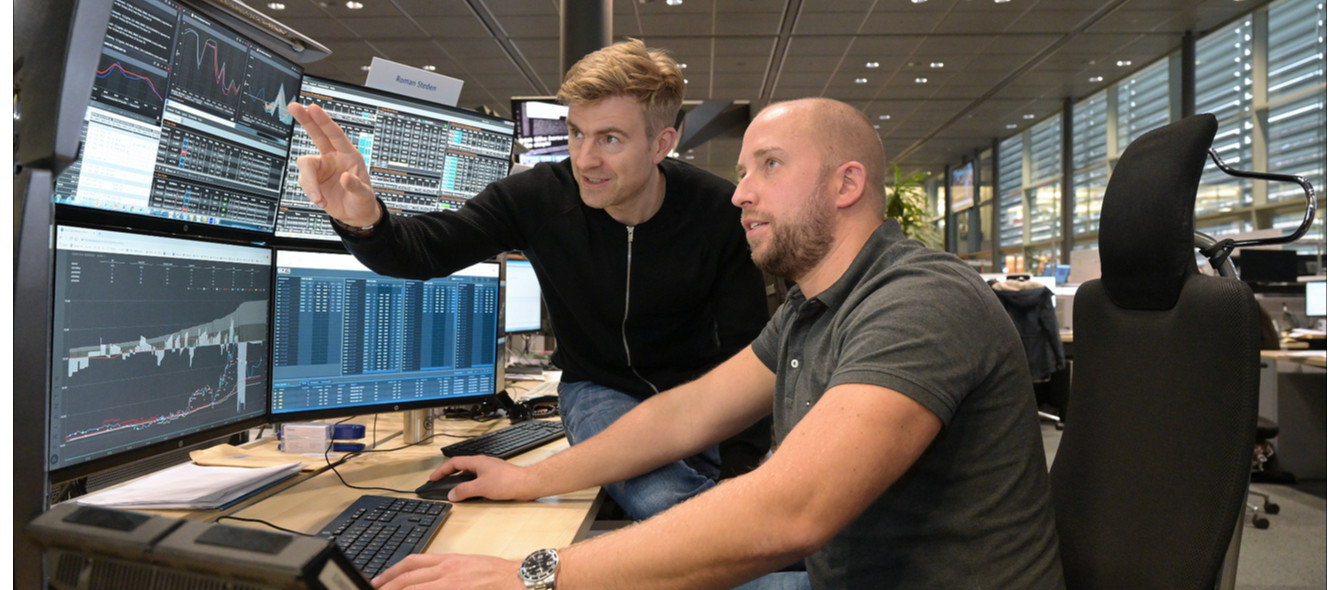“Algorithmic trading” refers to the use of electronic systems that follow a predefined set of rules to place a trade. Algorithmic trading has been around for years but was only popularized around 2007-2008 when volatility in financial markets reached unprecedented levels. Nowadays, it is used by central investment banks and hedge funds worldwide, with different strategies being deployed depending on the type of instrument involved (stocks, bonds, currencies etc.).
Since individuals can now access these complex computer programs with relative ease online (some websites will even provide them for free), many traders are naturally concerned about their use by others in the industry, increasing competition.
Identify Your Strategy
The first thing you need to do is decide what type of automated trading you want to do. You can either build your strategy or select a simple one; For example, only buy during troughs and sell during peaks – known as trend following. Or you could choose a more complicated setup that identifies the historical relationship between the price of an asset and its volatility, which are then used to generate buy/sell signals for this instrument (known as volatility targeting). There are many examples on the internet of this type of trade.
Identify the Market
The next step is to identify the market you want to trade with. While it is possible to trade on all markets using algorithmic trading, the best choice for beginners would be Forex or CFDs on indices. The volatility of these instruments makes them more suitable for trend following strategies. Therefore, more straightforward strategies will provide a low-risk return with limited capital investment; you can set up a system in minutes.
Download the Platform
Now that you have identified the strategy and market, you need a computer program or website from which all your trades can be placed. Most brokers do not support direct access trading, but if yours does, then ignore this step. Otherwise, download a free package where you can place closed and pending orders, and you will be fine. It is a tool where all trades are placed. However, it is best to first analyze the market on a charting software like at Saxo Bank before setting this up.
Identify Pairs
Now that you have selected your strategy and connected your trading platform, the next step is to identify which currency pair or index you want to trade. Generally speaking, traders should focus on high volatility instruments because these provide more opportunities for profit over time. For beginners, though, we would recommend picking an instrument with relatively good liquidity (that means lots of people buying/selling) because there is a greater chance that you will get your orders filled at the price you want without slippage.
Set up the Trading Platform to Allow Trades
This is where all the hard work happens; placing your initial orders and configuring them so that they follow your strategy (i.e. buy when x criteria are met, sell when y criteria are met). A minimum deposit of around 75 Pounds (or currency equivalent) is recommended for this, and unless you have a lot of experience, it is best to leave orders open until filled. Costs can also be involved when closing trades through the broker; we recommend having at least 10x your initial capital free to cover these.
Enter the Trading Platform and Configure Your Orders
Use the trading platform provided by your broker to enter all buy and sell orders. You should build the criteria for triggering conditions so that they trigger when the price reaches recent lows/highs or closes above/below certain levels.
Monitor the Performance of Trades
Trades will close either when they reach their profit target or stop-loss limit. Stop losses are used to minimize potential losses on trade against us, while targets will lock in some profit on our winning positions. Many brokers have good reporting software built-in, so it’s best to monitor this at least once daily. Experiment with different types of indicators and mathematical parameters until you find something that works best for you.












Comments